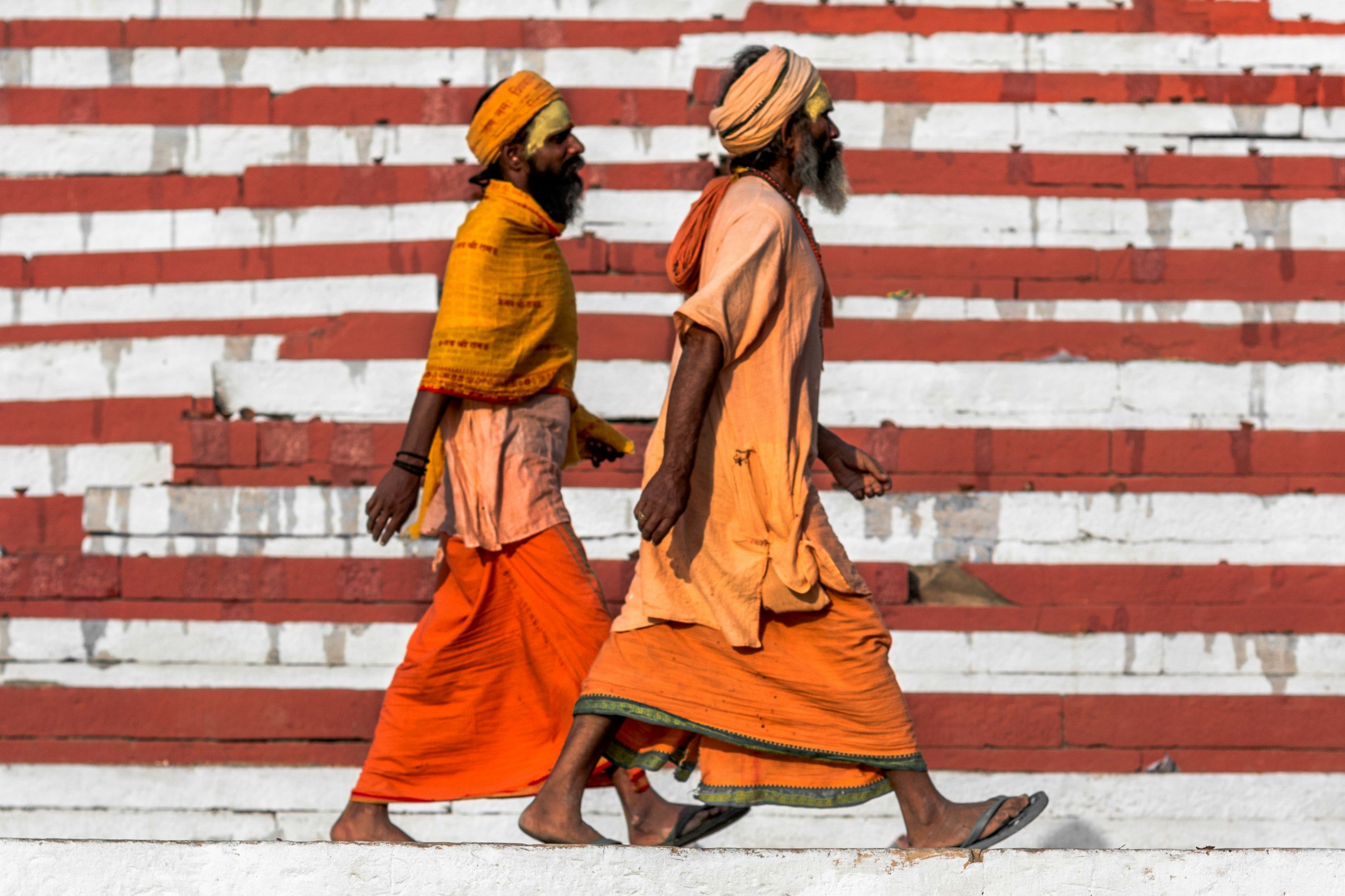
Hinduism 101
Hinduism & the Caste System
Hinduism and the Struggle Against Caste: Toward a Liberatory Faith
The caste system is one of the most entrenched forms of social hierarchy, deeply intertwined with the history and practice of Hinduism. Its legacy is a defining challenge for those who seek a progressive and liberatory Hinduism. At Hindus for Human Rights (HfHR), the struggle against caste oppression is central to practicing true dharma—the ethical duty to uphold justice, equality, and human dignity. This commitment means not only acknowledging the immense harm caused by caste-based discrimination but actively working to dismantle and abolish the structures that sustain it.
Understanding the Complexity of Caste:
Varna, Jati, and Social Hierarchy
Caste is a complex and deeply rooted system of social stratification that combines two interrelated concepts: varna and jati.
The varna system, rooted in Vedic traditions, divides society into four groups—Brahmins (priests and teachers), Kshatriyas (warriors and rulers), Vaishyas (traders and merchants), and Shudras (laborers and service providers). Dalits, who have been historically marginalized and considered outside the varna framework, face extreme forms of social exclusion.
Jati, which refers to the thousands of sub-castes tied to specific communities and occupations, further complicates this hierarchy. These concepts create a web of social status that is closely tied to ideas of birth, ritual purity and pollution, leading to severe violence, discrimination, and exclusion against Dalits, Adivasis, and other marginalized communities.
Historical Contexts:
Caste Before and During Colonial Rule
Although the term 'caste' comes from the Portuguese word casta, the system predates colonial times, with practices of caste-based endogamy and notions of purity and pollution deeply embedded in South Asian societies for millennia. While the British colonial administration played a significant role in formalizing and rigidly categorizing these divisions through the 1881 census, caste practices are documented in Hindu texts like the Rig Veda, Puranas, and Manusmriti. This history underscores that caste-based oppression is not merely a colonial construct but a deeply embedded social reality that has shaped the lives and opportunities of millions over centuries.
Caste in the Modern World:
From South Asia to the Diaspora
Despite legal prohibitions and affirmative action policies (known as ‘reservations’) in India aimed at supporting caste-oppressed communities, caste discrimination persists across many domains, from access to education and employment to housing and healthcare. Caste-based violence remains rampant, with Dalit women facing disproportionate rates of sexual violence, often without justice. Socioeconomic deprivation and systemic exclusion continue to impact Dalits and Adivasis, forcing many into high-risk, low-wage work, often under hazardous conditions.
As South Asians have migrated to the United States and other parts of the world, they have carried caste with them. In the diaspora, caste often repurposes itself in subtler forms, influencing community associations, social networks, matrimonial practices, and even workplace dynamics. Studies show that nearly half of all Hindu Indian Americans identify with a caste group, with foreign-born individuals more likely to maintain these identities. Over 80% of those who identify with a caste in the U.S. belong to the "General" or upper-caste category. This perpetuates exclusion and discrimination within South Asian communities abroad, even as younger generations increasingly view caste prejudices as outdated and embarrassing echoes of other forms of discrimination they see in the U.S.
Caste and Hindutva: A Distortion of Hindu Identity
The fight against caste is not only a struggle for social justice but a spiritual challenge for Hinduism. Dr. B.R. Ambedkar, a central figure in the anti-caste movement, rejected Hinduism and embraced Buddhism, arguing that Hinduism’s support of caste was fundamentally incompatible with principles of equality and human dignity. Yet, he also pointed to the possibility of a radically transformed Hinduism, grounded in values of liberty, equality, and fraternity. In Annihilation of Caste, Ambedkar argued that Hinduism could, theoretically, draw on its own philosophical traditions, such as the Upanishads, to build a new doctrinal basis that embraces equality.
For HfHR, the path to a liberatory Hinduism is through the active rejection of caste in all its forms. This means opposing the justifications for caste offered by conservative Hindu organizations that co-opt the language of civil rights to claim that acknowledging caste issues is a form of discrimination against them. This tactic mirrors arguments made in other contexts where addressing systemic injustices like racism is framed as reverse discrimination. HfHR is committed to countering these false narratives and advocating for a Hinduism, drawing from its core principles, aligns with the principles of social equity and justice.
In contemporary India, caste has become entangled with the politics of Hindutva, which promotes a narrow, Brahminical version of Hindu identity. The BJP and Modi government have used cultural symbols, including yoga, to project a vision of Hindu cultural revivalism, often downplaying or ignoring the realities of caste oppression. Events like International Yoga Day are framed as efforts to reclaim Indian cultural heritage, but they also serve as tools of Hindutva soft power, aimed at shaping global perceptions of Hinduism while sidestepping the urgent need for caste abolition. HfHR stands against such appropriations of Hinduism that ignore or dismiss the caste-based discrimination experienced by millions.
Opposing Caste-Based Discrimination as a Defining Challenge for Progressive Hinduism
Toward a Casteless Future:
Dharma as Liberation
For HfHR, dismantling caste is not a side issue but the heart of practicing dharma—the ethical duty that guides us toward creating a society where all beings are treated with dignity.
Our understanding of dharma emphasizes the oneness of all beings and inherently rejects all forms of social stratification. This vision of a casteless society aligns with the goals of progressive Hinduism: to cultivate a faith that is rooted in compassion, resists all forms of oppression, and fosters solidarity with marginalized communities. It calls for a Hinduism that is not bound by the past but instead evolves to meet the needs of a more just and inclusive world.


